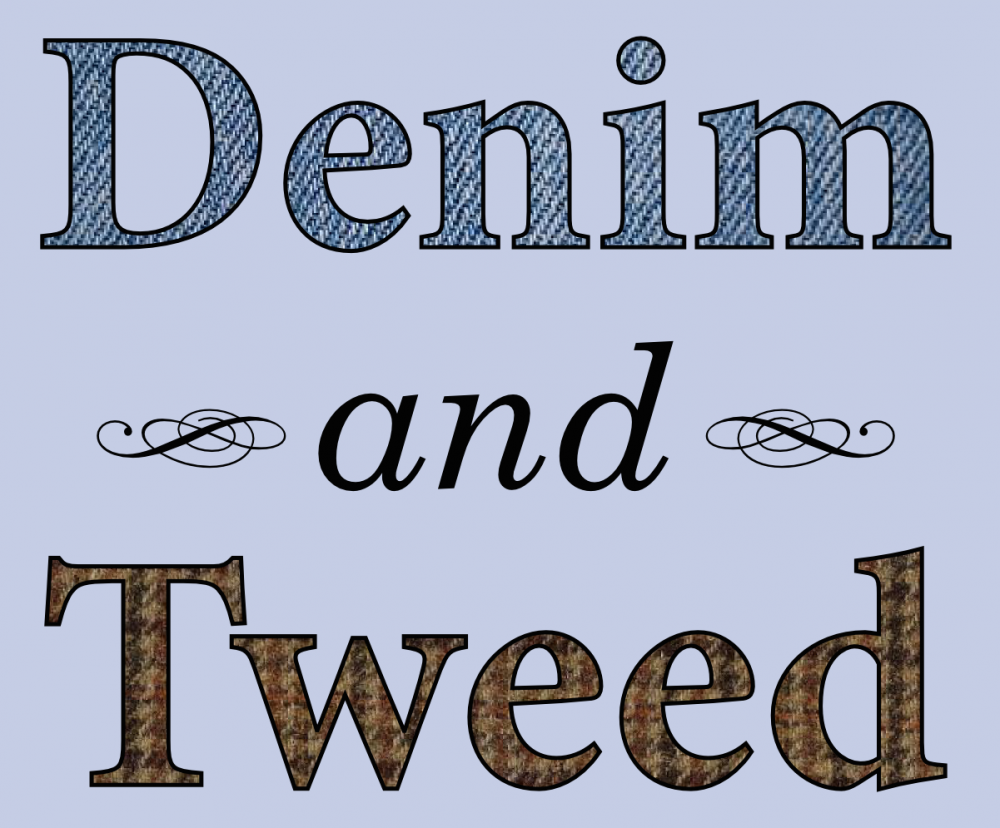
The actinomorphic, or radially symmetric, flowers of a nightshade 
A honeybee forages on the zygomorphic, or bilaterally symmetric, flowers of a milkvetch
I’m delighted to announce a new paper published today in the Biology Letters, coauthored with Colin Carlson at Georgetown University and a CSUN undergrad researcher, Gio Gomez. In it, we examine a big collection of floral visitation records and find a pattern that pollination biologists have talked about but never quite directly demonstrated: the symmetry of flowers seems to shape the diversity of animals that visit them, and potentially provide pollination services. Here’s a brief “lay summary” we wrote to accompany the article:
For centuries, botanists have understood that the symmetry of flowers — whether or not they are “zygomorphic”, with a single line of symmetry — shapes how they attract and interact with pollinators. We examined 53,609 records of animal visits to flowers in 159 communities around the world, and found that zygomorphic flowers are visited by fewer potential pollinator species. This may explain broad patterns in the diversity of flowering plants, in which zygomorphic flowers are associated with faster formation of new species. It also suggests that plant species with zygomorphic flowers may be at greater risk of extinction due to pollinator loss.
We released this work as a preprint on bioRxiv awhile ago, but you can now find the final “official” version of the peer-reviewed paper on the Biology Letters website.
This is an exciting paper because it’s my first foray into pollination ecology proper, and because of its place in that broader field of research — and also because it’s the first paper I’ve published with a student coauthor since starting on faculty at CSUN. On top of all that, the project has been a really nice bridge between my interests (mutualism) and Colin’s (host-associate community ecology), and it’s kicked off a collaboration that has produced some even more exciting results, coming soon to a preprint server near you.







